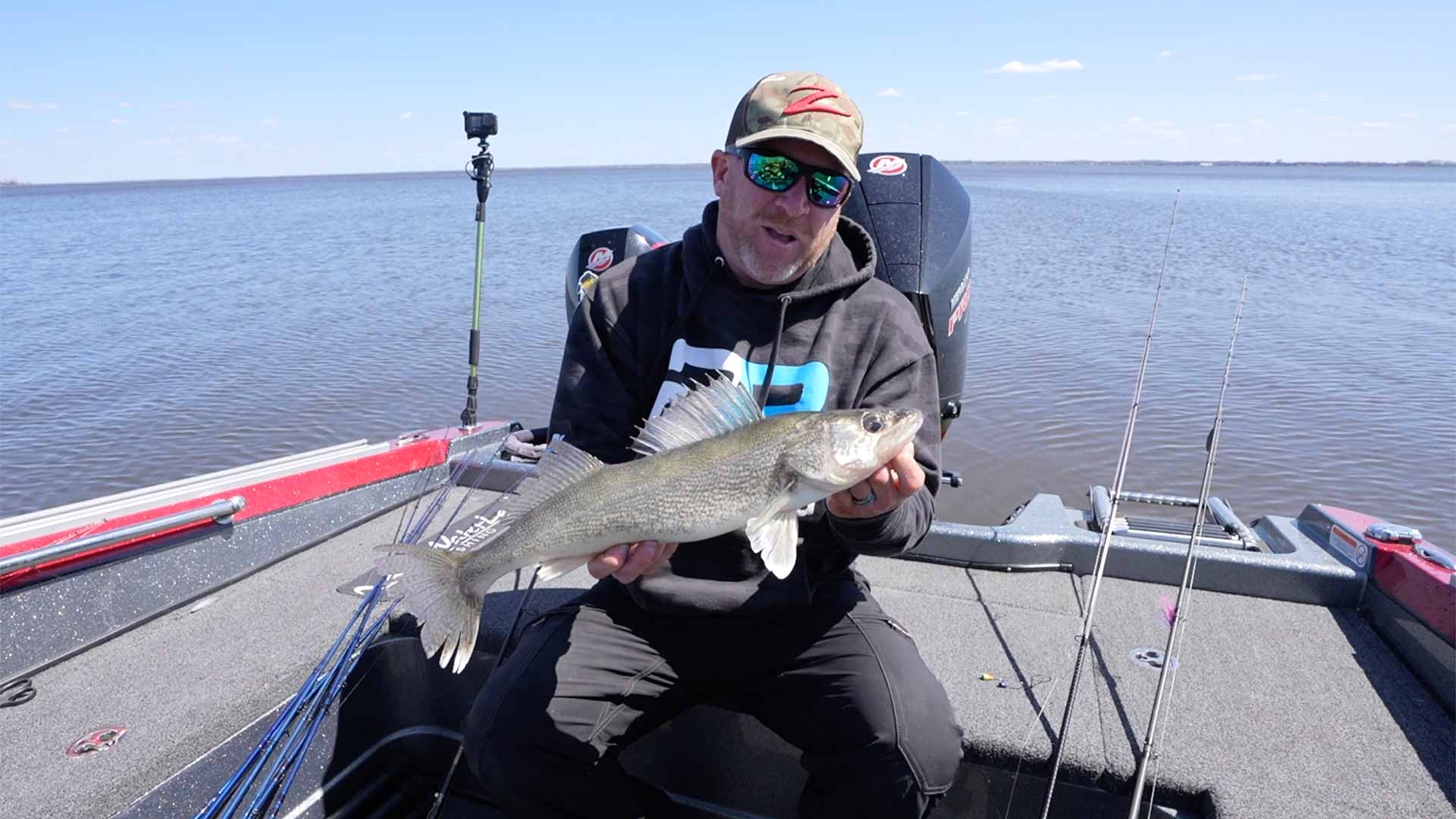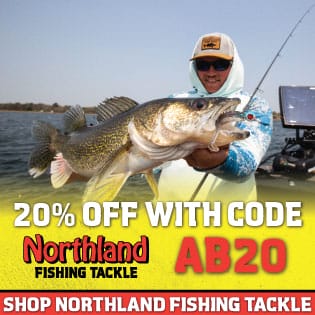Snaketrolling? Anglers might assume that means trolling for northern pike, often referred to as “snakes” due to their long, lean, sinewy bodies that coil before striking. Following that logic, muskies, being even larger, might be nicknamed anacondas or pythons…
While the term “snaketrolling” could simply refer to trolling for large toothy critters, it’s actually the S-shaped trolling patterns used to provoke fish into striking that spawned the method’s name.
Here’s the deal, beginning with when, where and why it works so well.
In late August and early September throughout the Upper Midwest, cooling weather and water temperatures send a signal to big pike to begin shifting from deep, midsummer haunts to lush, green weedbeds rimming a lake. Water temperatures dipping near and below 70 F are a good indicator that this is occurring.
As pike contact the weeds, they don’t necessarily just line up along the deep weedline. Commonly, they penetrate the deep weedflats, settling in areas of lush growth, often near open holes or lanes where they have a feeding advantage over prey. If muskies are present, they may also inhabit some of the same areas; in fact, they may have lurked there all summer.
Small weedbeds are easy to decipher and cast effectively to locate fish. But expansive ones require an efficient system to fish properly. That’s where snaketrolling comes in.
Basically, it’s trolling large, tandem-bladed, safety-pin style spinnerbaits, often referred to as musky tandems, over the tops of the weeds. Cast out behind the boat, close your reel, and begin trolling just fast enough for the baits to run properly, occasionally “bulging” the surface.
The first trick is to occasionally nick the tops of the weed cover below without snagging.
The second trick, from which snaketrolling gets its name, is to weave the boat in gentle S-shaped patterns, rather than trolling in straight lines. This slithering, snaky maneuver accomplishes several things:
It weaves your lures through areas outside the boat’s path, reaching fish that aren’t spooked by the motor in, say, 6 to 12 feet of water.
Lures on the outside of the turn speed up and rise, blades spinning, throbbing and vibrating, mimicking panicked prey. Those on the inside of the turn slow and flutter like wounded baitfish. When you turn back in the opposite direction, lures automatically do the opposite. In all cases, speed and depth changes imparted to lures by boat maneuvers trigger strikes.
This is no light-tackle deal. Musky gear is fine, although heavy bass gear, such as flippin’ sticks loaded with 30-pound-test superline, is plenty adequate. Wire or fluorocarbon leaders prevent bite-offs from toothy critters.
Hand-holding your rod is most effective anytime weeds rise to or very near the surface; if your lure momentarily hangs up on a weed top, snap your wrist to pop the rod tip forward and break the lure free. The lure explodes and surges off the weeds like a panicked baitfish, promoting strikes while minimizing fouled hooks.
If there’s a foot or more of open water above the weedtops, you might be able to simply place your rods in rod holders, and troll along with relatively few snags. On the downside, you sacrifice the intimate feel of occasional lure contact with weeds, which telegraphs back to you the height, type and thickness of the weedgrowth, while revealing holes or open spaces where weeds don’t grow.
In either case, set your drag to slip a bit when a huge fish strikes. When they do, hang on tight. You’ve been snakebit!










